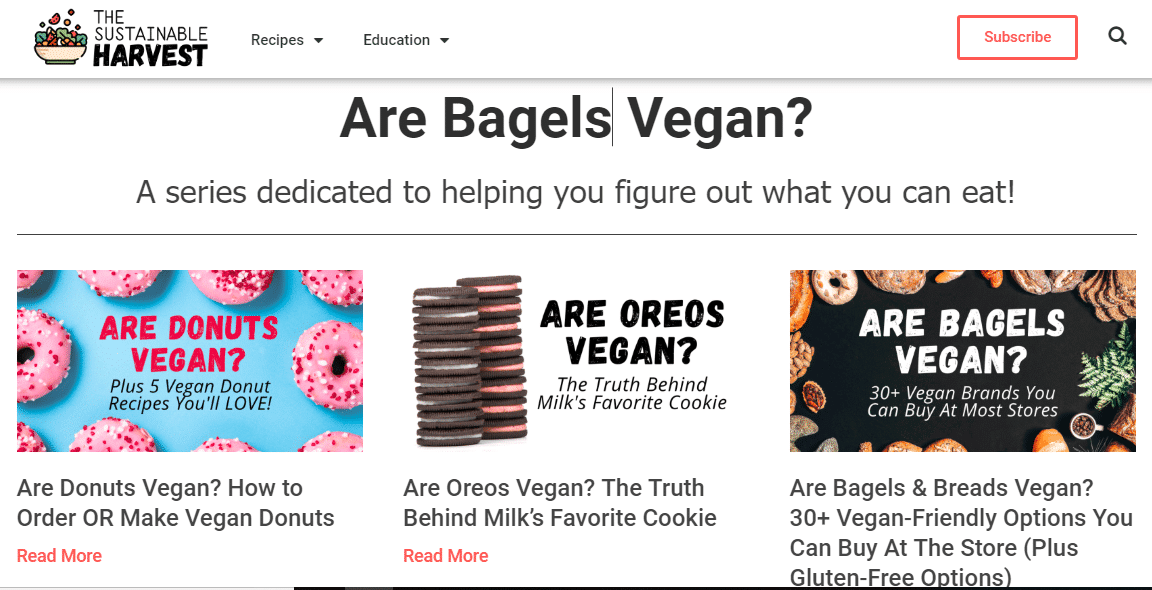Search Volume and Long Tail Keywords
- The raw number of people searching for something has very little to do with how much you can actually earn from that traffic.
- Just because 10,000 people search for a keyword doesn’t mean all 10,000 people actually click on a result.
- On the other hand, a low search volume doesn’t mean a keyword is bad or that the number you see is the number of visitors you’ll get.
Search Intent
What is the user looking for?
- High Buying Intent
- Research Intent – These are keywords where people are still doing research on solutions, but will likely buy soon.
- Informational Intent
- These keywords are for people strictly looking for information and aren’t ready or even thinking about buying anything.
- Informational keywords can help you build your email list.
- Even after you find good keyword ideas, you should always manually type them into Google and see what’s currently ranking to get an idea of what you need to create: high buying, research or informational.
The Role of LSI and Synonyms (synonyms and related keywords)
You should include various LSI keywords naturally in your content including in headings and image alt text.How Do You Do Keyword Research? (Step-by-Step Guide)
- Find keyword ideas
- Check the TRUE keyword difficulty and search volume
- Determine their search intent
- (Optional) Find & utilize keyword silos
Step 1: Find Keyword Ideas
My favorite way to find great keyword opportunities is spying on my competition. You can do this by plugging their site into any keyword tool and look at their keywords. You can find them by Googling those keywords and grabbing the URLs off of Google. Free tools include Keyword Shitter and Uber Suggest.
Step 2: Check The TRUE Keyword Difficulty and Search Volume
Once you have a list of keyword ideas you’re comfortable working with (I aim for 50-100 at a time but you can do far more), it’s time to see which are even worth pursuing based on keyword difficulty (KD) and search volume.
To determine true search volume, grab the #1 result on Google for the keyword and plug it into Ahrefs or Uber Suggest to see how much traffic that page actually gets. That should give you a more accurate picture of the search volume for a given keyword.
My advice is to aim for keywords with a 30 KD or lower.
Step 3: Determine Search Intent
This part is as simple as Googling each keyword on your list and looking at the top 3-5 results. Review their meta title and description, click on them to view the page, and check out the angle they took on the page.
Step 4: (Advanced) Find & Utilize Keyword Silos

A keyword silo is a list of highly related keywords that you can create content around to interlink between on your site (also called the “hub and spoke” method). Here’s a visual I created to help you understand:
Free Keyword Research Tools
There are three free keyword research tools I’ve used and recommend:
- Ubersuggest
- Keyword Shitter
- Keywords Everywhere
For the full article go to: https://kinsta.com/blog/keyword-research/.
See also: WordPress SEO


